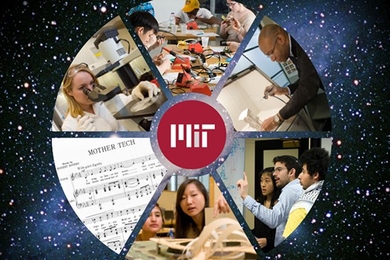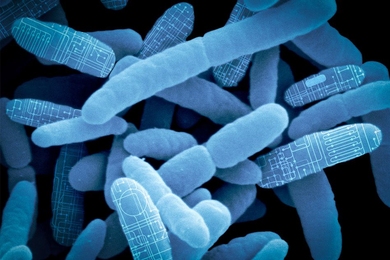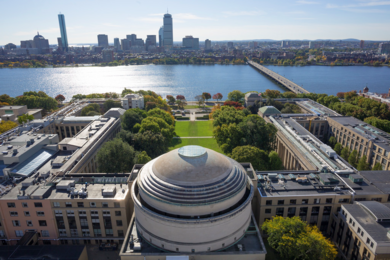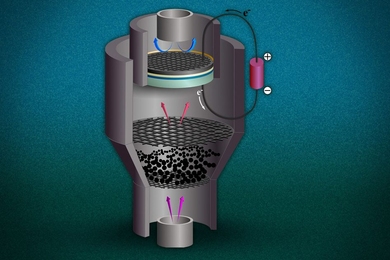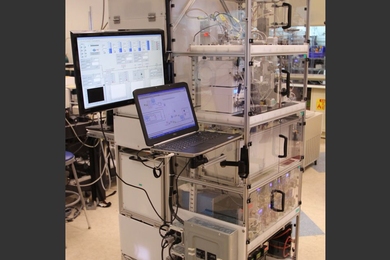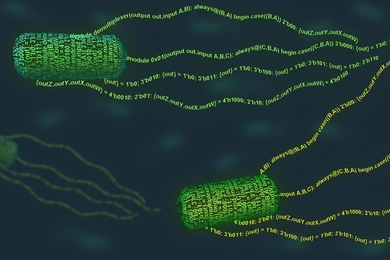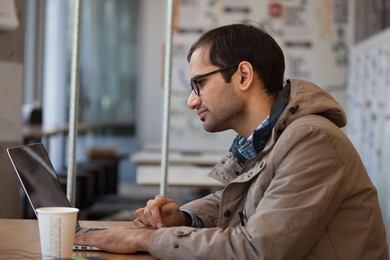Taking on melanoma, one cell at a time
In step toward personalized medicine, researchers are using single-cell analysis to unravel cancer’s secrets.
Stabilizing quantum bits
Feedback technique used on diamond “qubits” could make quantum computing more practical.
Engineers develop a pill for long-term drug release
New tablet attaches to the lining of the GI tract, resists being pulled away.
First-ever 3-D printed robots made of both solids and liquids
System from Computer Science and Artificial Intelligence Lab 3-D prints hydraulically-powered robot bodies, with no assembly required.
April 12 symposium: Take an immersive, intellectual journey across campus
Beyond 2016: MIT’s Frontiers of the Future event offers a playful introduction to research at MIT.
Reprogramming gut bacteria as “living therapeutics”
Daily doses of synthetic biotics developed by startup Synologic may sense, treat metabolic diseases.
Letter to Congress outlines role of MIT endowment
MIT President L. Rafael Reif responds to Congressional request for information.
How crispy is your bonbon?
New theory, inspired by chocolate coatings, predicts thickness of thin shells.
Hybrid system could cut coal-plant emissions in half
Combining gasification with fuel-cell technology could boost efficiency of coal-powered plants.
A programming language for living cells
New language lets researchers design novel biological circuits.
How the brain processes emotions
Neuroscientists identify circuits that could play a role in mental illnesses, including depression.
Wireless tech means safer drones, smarter homes and password-free WiFi
System from MIT’s Computer Science and Artificial Intelligence Lab enables single WiFi access point that can locate users within tens of centimeters.
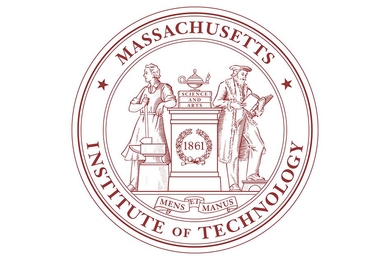
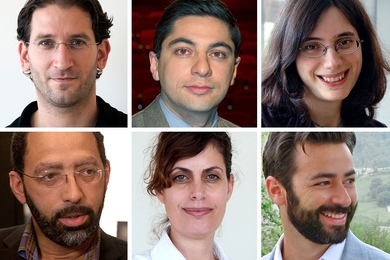
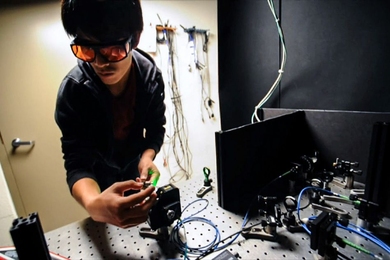
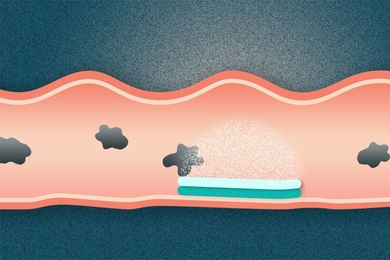
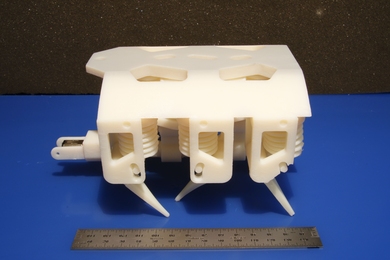
![“Relatively small shocks can become magnified and then become shocks you have to contend with [on a large scale],” says MIT economist Daron Acemoglu.](/sites/default/files/styles/term_page__news_article/public/images/201604/MIT-macroeconomy.jpg?itok=RYFO7Wo6)
